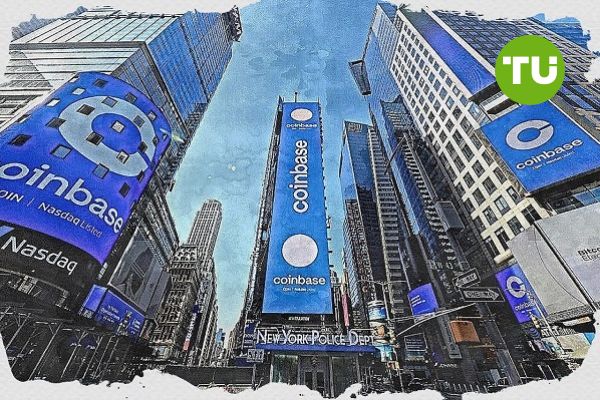The recent steep decline of Bitcoin below $75,000 has triggered alarms among investors and analysts alike, reflecting broader instability in global financial markets. This downturn coincides with the escalating trade tensions between the United States and China, as the U.S. imposes unprecedented tariffs, causing ripple effects across various investment sectors.
Global Impact of Trade Tensions
As the Asian stock markets opened on Wednesday morning, they experienced significant declines, with Japan’s Nikkei 225 plummeting nearly 4%. Similar trends were observed in South Korea, Australia, and New Zealand, where Australian stocks started 2% lower, erasing gains from the previous day. The U.S. S&P 500 index also took a hit, dropping 1.6%, reversing earlier gains and further illustrating the international repercussions of the trade conflict.
This scenario has been exacerbated by fears that escalating trade tensions could derail the already fragile global economic recovery. Investors are becoming increasingly risk-averse, seeking secure avenues for their capital in light of these uncertainties.
Boom and Correction in the Crypto Market
The cryptocurrency sector has not been immune to this corrective wave, particularly Bitcoin, which recorded nearly $400 million in liquidations largely due to leveraged long positions. Notably, for the first time in weeks, the long-short ratio of Bitcoin shifted, with short positions now accounting for 55% of open interest. This shift marks a significant pivot toward bearish sentiment among traders, indicating a cautious approach to potential market volatility.
Bitcoin has traditionally served as a barometer for macroeconomic risks, and its recent decline serves as a stark reminder of the growing unease within financial markets. Traders are now adjusting their strategies, moving towards more defensive positions as they prepare for continued volatility stemming from the trade conflict.
What This Means for the Future
The implications of these developments extend beyond mere market fluctuations; they signal a broader reflection of economic sentiment and the precarious state of global trade relations. As tensions rise and tariffs escalate, the interconnectedness of these economies renders both investors and consumers vulnerable to shifts in policy and market trends.
Furthermore, the uncertain landscape not only impacts individual investors but also businesses relying on stable trade conditions for growth. The unrest in the markets underscores the need for stakeholders to remain vigilant and adapt to these rapidly changing conditions.



